Illustration by Andrea Nebhut
The modern idea of Daylight Saving Time (I, too, just learned that it’s Daylight SavinG, not SavinGS) was actually conceptualized in 1895 by an entomologist, or insect scientist, from New Zealand named George Hudson. His reasoning was that he wanted a two-hour shift so that he could use the extra hours of daylight after work to hunt for bugs. Several years later, William Willet (who is the great-great-grandfather of Coldplay’s lead singer, Chris Martin, because why not?) independently proposed Daylight Saving Time to the English Parliament as a way to conserve sunlight for longer, lighter evenings, an idea supported by Winston Churchill and Sir Arthur Conan Doyle.
Despite the notoriously quick pace of the British Parliament, Daylight Saving didn’t become widespread until it was adopted by Germany in 1916 as a way to conserve fuel for electricity. The rest of the nations that fought in World Word I soon followed suit, including the United States in 1918. Year-round Daylight Saving was enacted in the U.S. during World War II, and later the Uniform Time Act of 1966 regulated time zones and time changes (and still does today). According to this act, Daylight Saving Time “springs forward” at 2:00 a.m. local time on the second Sunday in March, and “falls back” at 2:00 a.m. local time on the first Sunday in November. The intermittent four months between those March and November Sundays are what are called standard time.
During the era of its inception, coal was the world’s primary fuel source, so Daylight Saving truly did save energy. However, in 2020, support for abolishing Daylight Saving is growing, for a number of reasons.
For one thing, we know that the Earth is tilted on its axis by 23.5 degrees relative to its orbital plane, which means that those who live closer to the equator receive a fairly steady amount of sunlight year-round. This is why the majority of Arizona (excluding the Navajo Nation), Hawaii, the Northern Mariana Islands, Puerto Rico, Guam, the American Samoa and the U.S. Virgin Islands don’t change their clocks in observance of Daylight Saving, and Texas, Oklahoma and Kansas have proposed bills to opt out of the time change as well.
Daylight Saving Time (DST) has also been found to cause a number of health problems in the weeks after we switch forwards or backwards an hour, as a result of sleep deprivation. A study featured in the New England Journal of Medicine found that your risk of having a heart attack increases in the three weeks following March’s “spring forward.” Traffic accidents, workplace injuries and emergency room visits also increase on the Monday after the time change, and the severity of these injuries are higher compared to other Mondays over the year.
Losing one hour of sleep in the spring can also trigger mental illness. Individuals with depression, bipolar disorder and Seasonal Affective Disorder (SAD) can be significantly affected by the time transitions. Male suicide rates have been found to increase in the days following both the fall and spring time changes. Appetite, which is linked closely with sleep cycles, is often increased during DST. Additionally, concentration levels, productivity and general well-being/happiness can also be negatively impacted by DST.
Our bodies run on a 24-hour sleep cycle dictated largely by the amount of light our eyes perceive, and this internal clock helps to regulate hormone signaling in our body. Humans have adapted over time to adjust this cycle to the changing seasons, but as shown by the incidence of accidents that occur each year, not DST, because it is a change in our social — not biological — clocks. Because of this, one 2007 study argues that humans do not ever fully adapt to or recover from DST and that it may even shorten our life spans.
Before doing any research for this column, I already harbored a vague hatred for DST, probably from having to wake up in the dark to go to school in the winter months. However, I am happy to report that I have now fully crossed over to the Dark Side (aka no DST) and now hate DST with a fiery, burning passion. Growing evidence supports the idea that DST does more harm than good and I hope that, after reading this column, you too will join me on the Dark Side, and hopefully one day DST will be abolished completely.

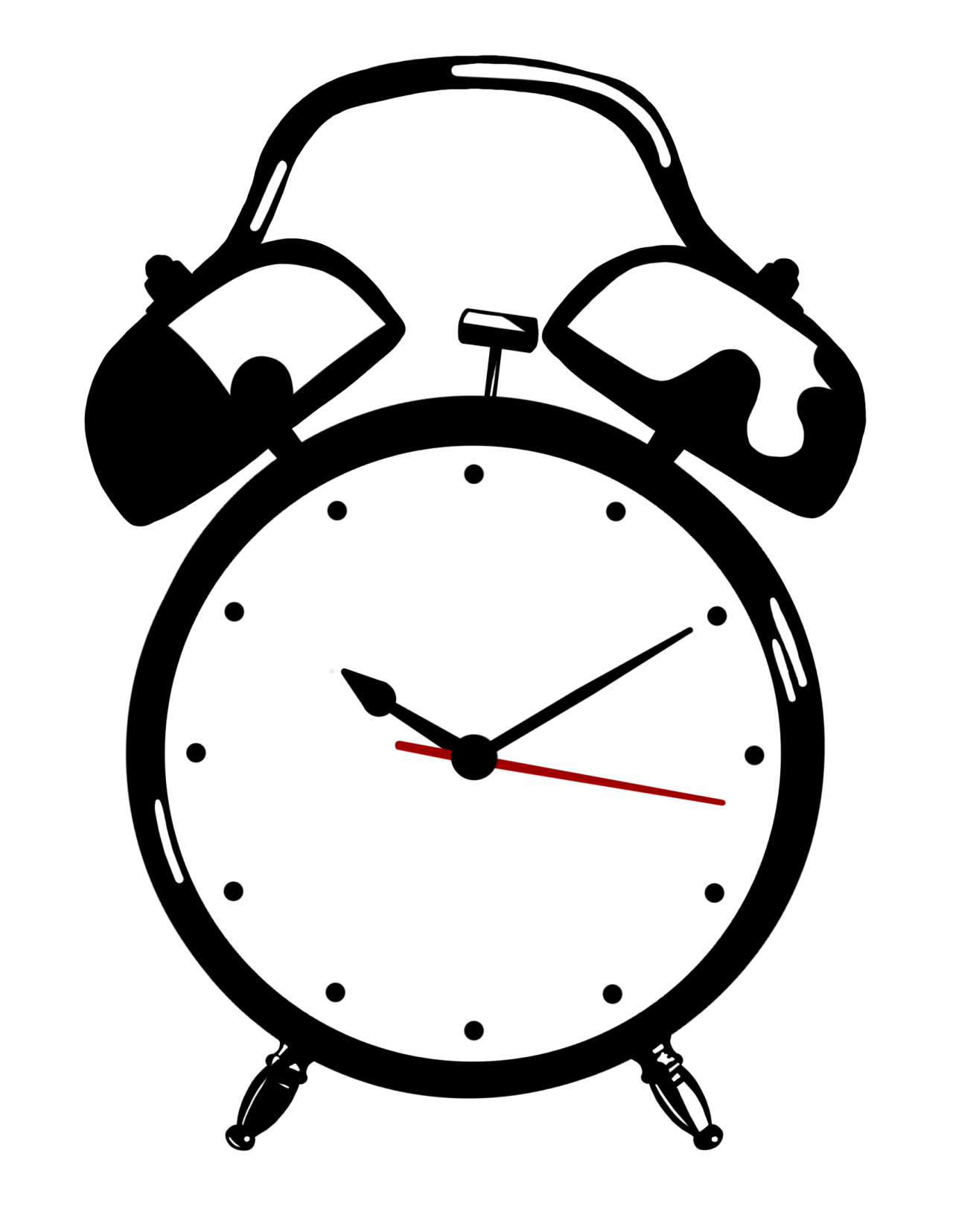
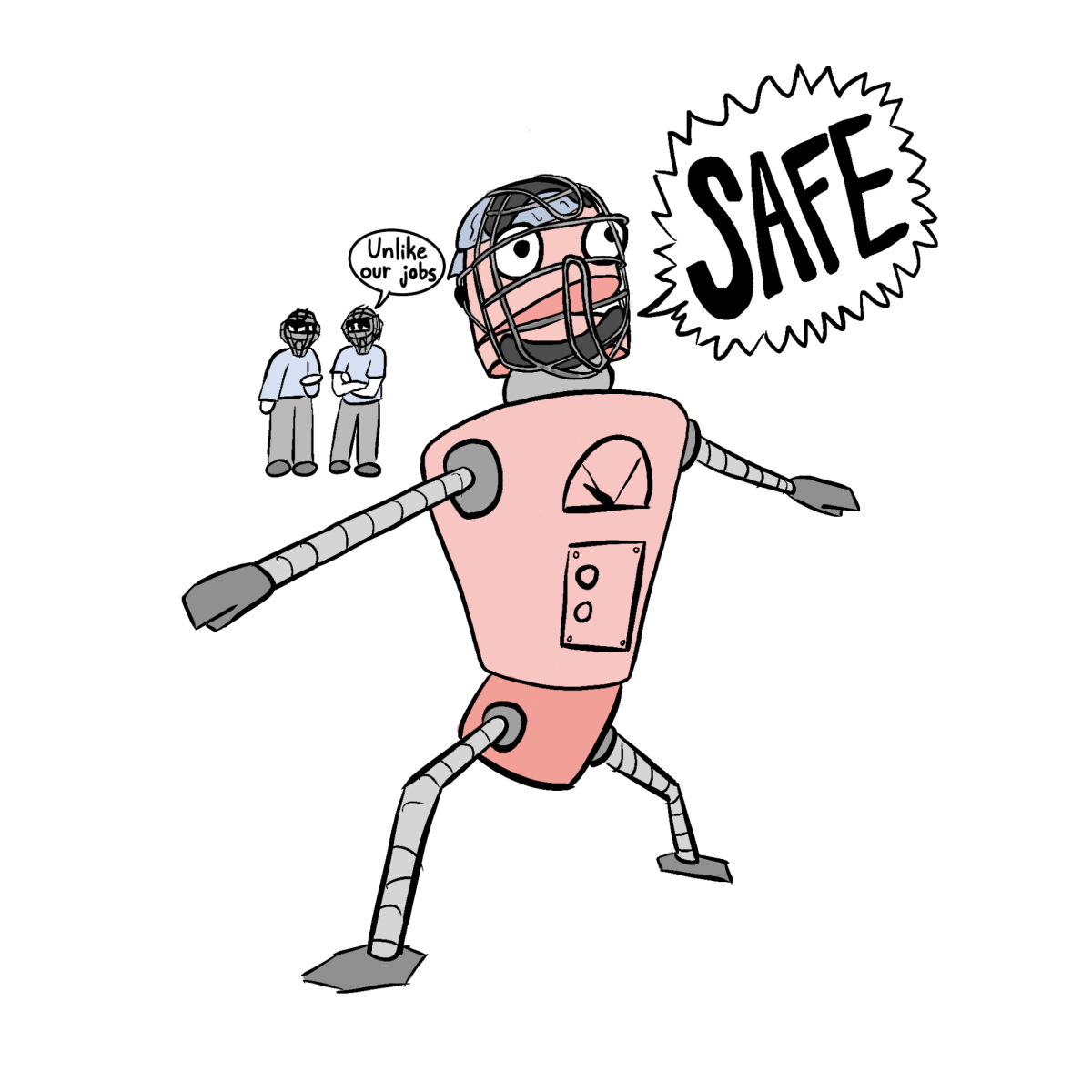
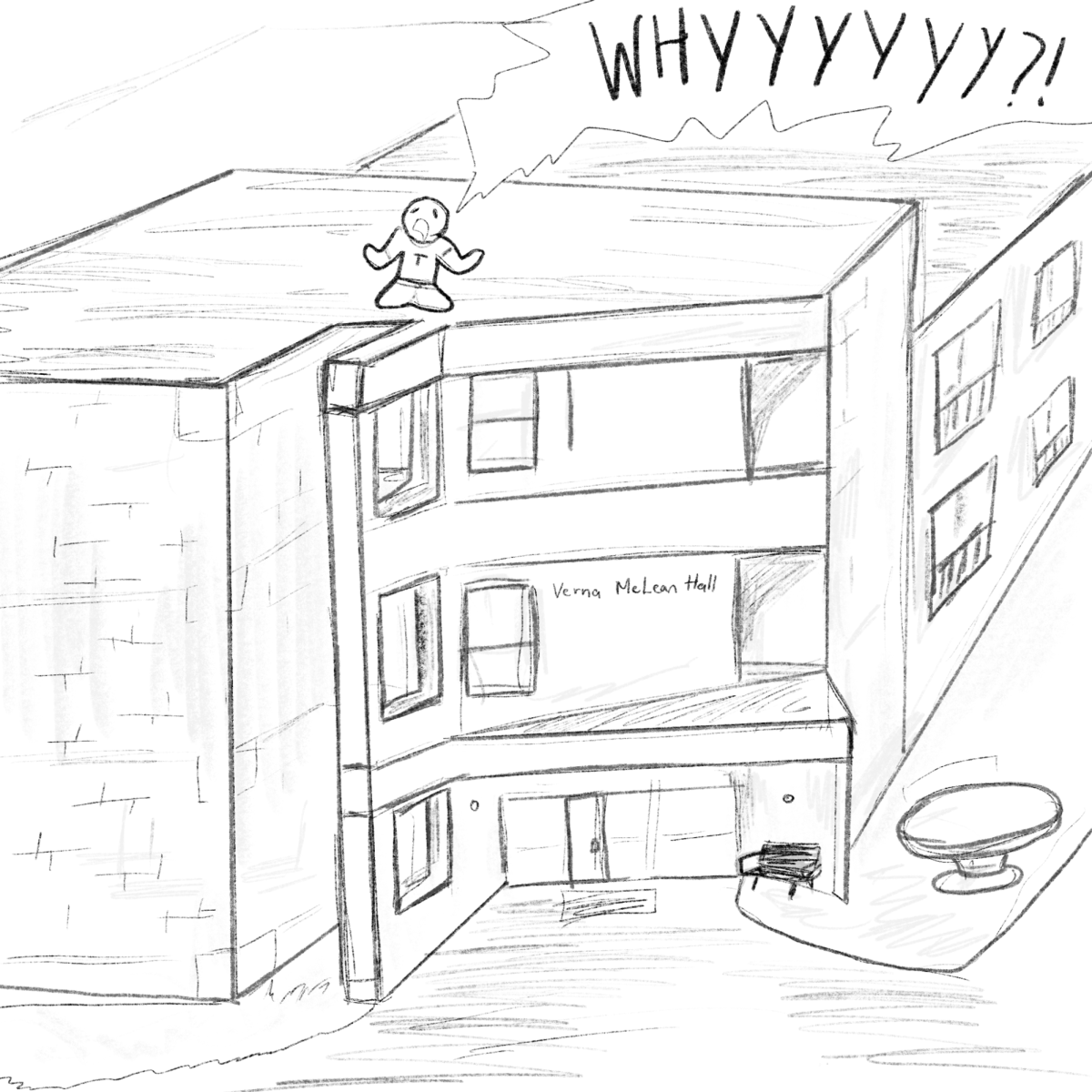
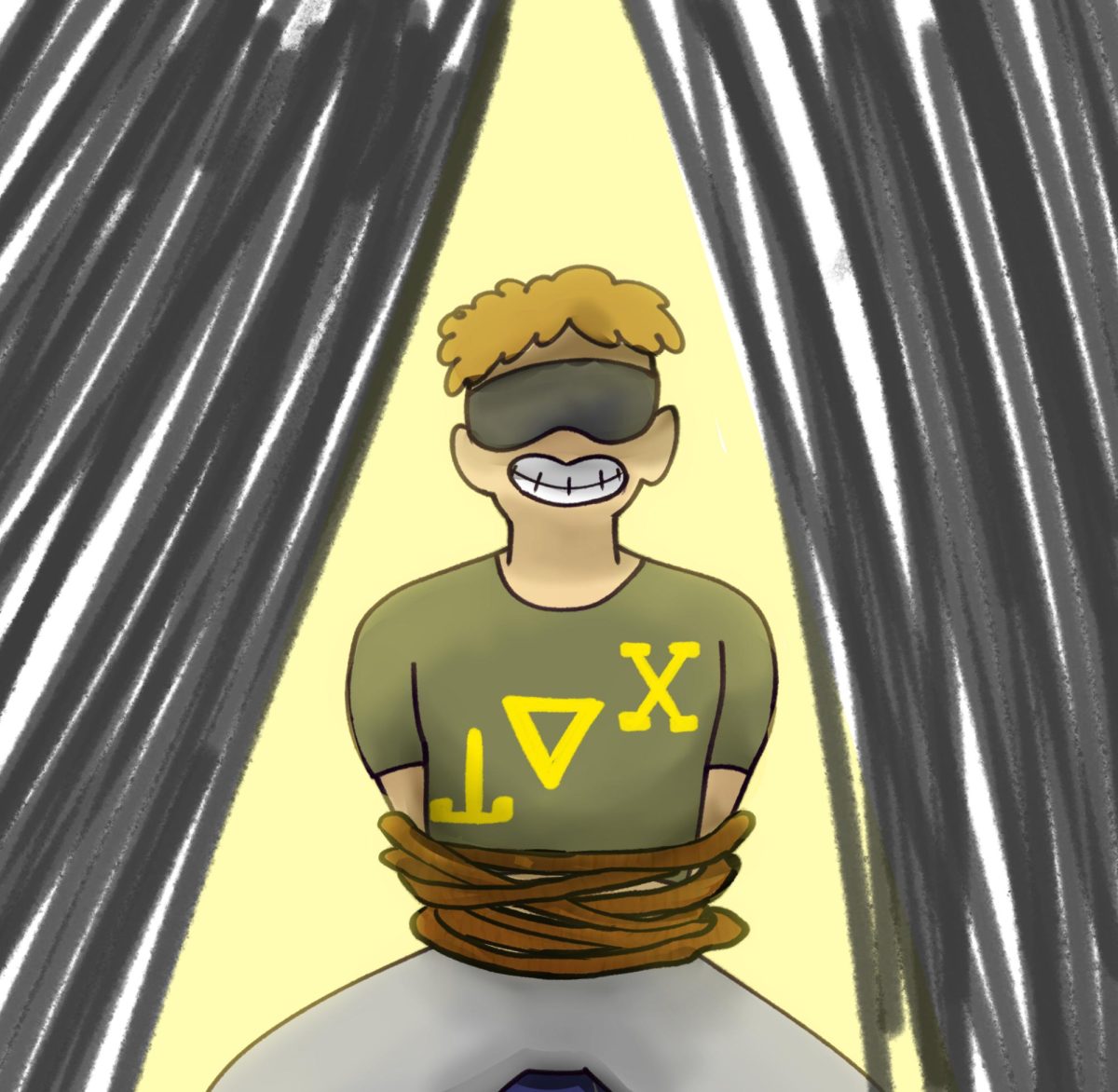
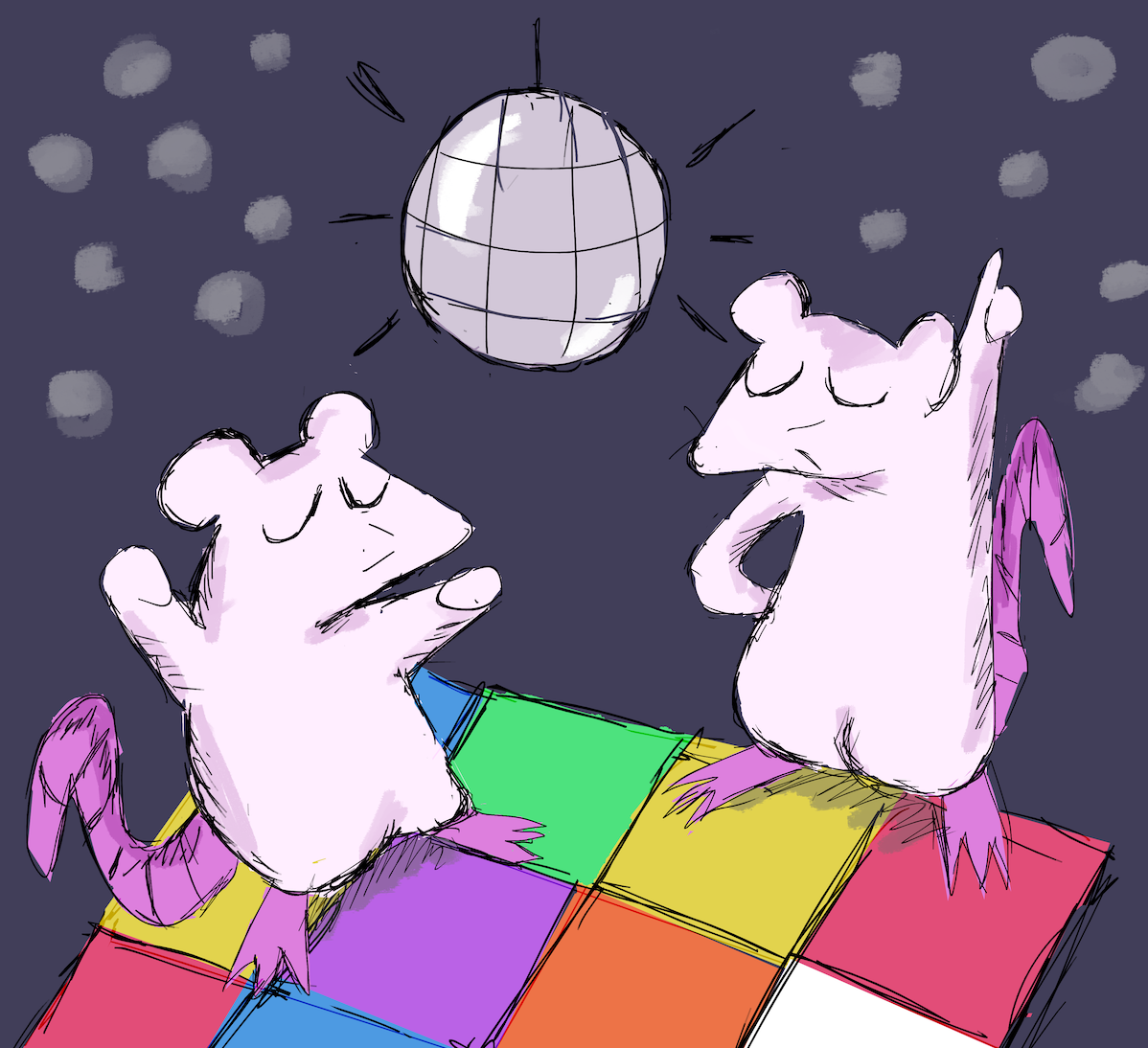
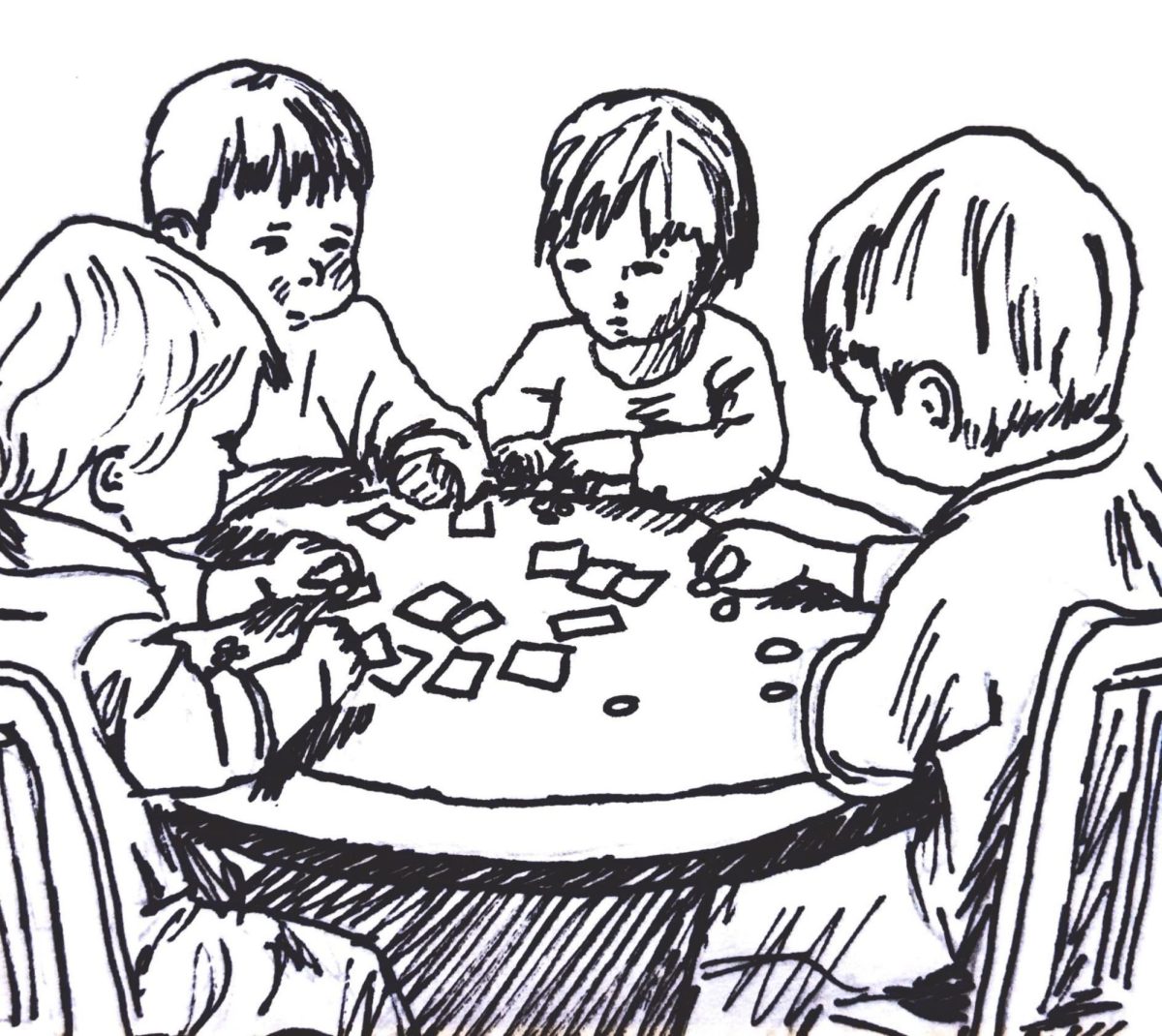
JaneBee • Mar 19, 2022 at 7:05 am
When I was a kid daylight savings wasn’t implemented until the end of April when it was getting light out in the morning very early and we reverted back to standard time at the beginning of September when the mornings started to darken; hence daylight savings. I am heart broken that the powers that be want to plunge us all in to permanent morning darkness. This is going to have a huge impact on my already shaken mental health.
Dan • Oct 6, 2021 at 7:37 am
I wish they would just pick one and leave it. It doesn’t matter what they pick. Give 5 hours permentantly. I don’t care. The inconsistency of changing the clocks twice a year is stupid. No celestial event occurs to create more daylight. It is just forcing people to adjust their sleep schedule enmass. I hope it stops someday.
Ewa Marie Seiler • Oct 6, 2023 at 7:27 am
Yes, I too wish they picked one and stopped DAT!
It disturbs sleep leading to insomnia!
Perhaps it was created to help farmers. Farmers have never benefited and the rest of us suffer!
STOP DST!
N • Mar 30, 2021 at 1:03 pm
It is called Standard Time for a reason. It should be the standard. Dark mornings brought about by DST are a scourge and detrimental to mental health as shown by many psychological studies.
I would prefer year round Standard Time but am willing to compromise with six months of each — 50/59. The current system 8 months of DST and 4 of ST is far to much out of balance.
Carl • Mar 17, 2021 at 9:40 pm
I hate day light saving time especially it been extended from April to March. I live in the north, it is getting brighter in the morning from Jan to March, but all the sudden it falls back to dark after this damned DST. Should we observe the standard time that is designed to observe the daylight rather than this damned DLS instead? If anyone want more sunlight, he should adopt his own schedule rather than forcing everyone to do the same.
tessie calcines • Feb 28, 2021 at 3:43 pm
absolutely HATE daylight savings, most people who work, by the time they get home and finish their chores with the kids, homework, cooking, husband and all of everyday life responsibilities do not have the time to “enjoy the daylight” so why is that so important to them? I don’t understand it, are they afraid of the dark? does the dark cause depression in these people? seems to me if you are a happy person you are happy all the time and light should not be a factor of influence in your mood, for myself, I love the night and wish they would the normal time be. Here in Miami the sun is out by 7:00 am and stays out until pass 8:00 pm, is just too much! remember the song by the police, Bring on the night, I couldn’t take another hour of daylight, that just expresses the way I feel.
Amber • Dec 30, 2020 at 6:51 pm
I hate when it’s not DST, those four gruesome months bring my mood down because of the darkness that consumes my happiness that comes much earlier than warranted. I want to see sunshine for an extra hour
Sue • Nov 6, 2021 at 3:28 pm
You don’t see sunshine for an extra hour. The sun comes up and goes down exactly when it does, whether or not we manipulate our clocks and minds and biorhythms. Nothing we do can change the fact that there are fewer hours of daylight in the winter. I think what bothers people is the abrupt change, instead of adjusting gradually to the seasonal progression of days getting longer and shorter. To me, noon should be at high noon!
Greg • Jan 23, 2022 at 10:08 am
I agree 100%! The darkness sucks! I love it when it gets dark at 8pm. People are out doing things. When its at 5pm no one goes out!